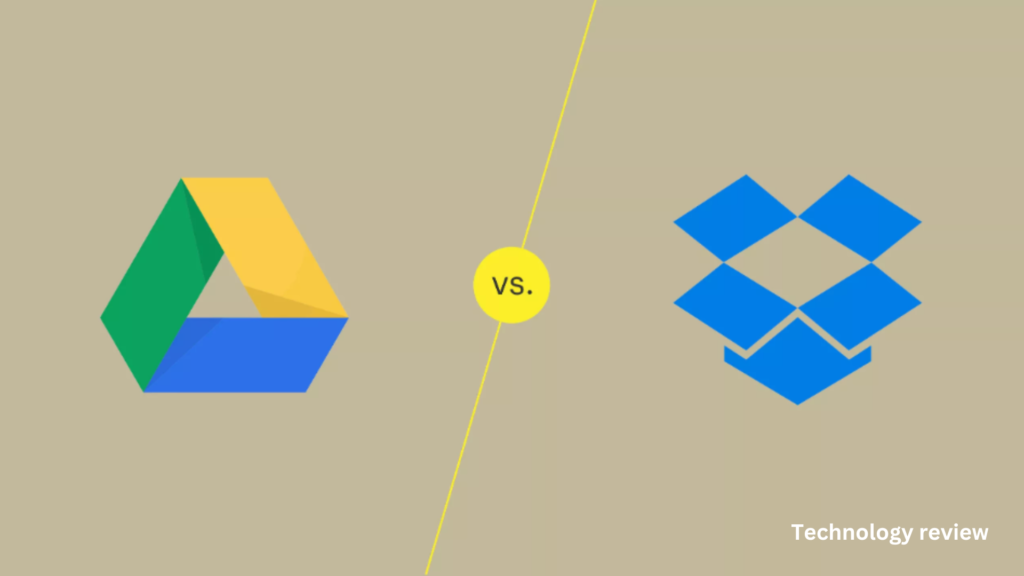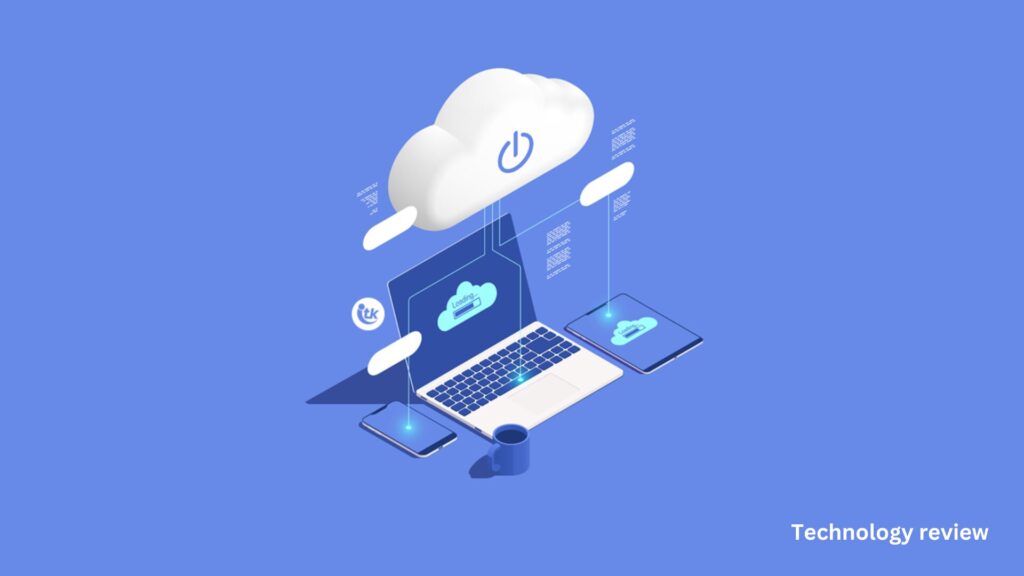Google One vs Google Drive: Pricing, Storage, and Feature 2024 As you navigate the ever-evolving landscape of cloud storage solutions, you may find yourself pondering the differences between Google One and Google Drive. In 2024, these two services offer distinct features and pricing structures that can significantly impact your digital storage strategy. Whether you’re a casual user or a business professional, understanding the nuances between Google One and Google Drive is crucial for optimizing your cloud experience. This comprehensive comparison will delve into the pricing models, storage capacities, and unique features of both services, empowering you to make an informed decision that aligns with your specific need and budget.
Overview of Google One vs Google Drive
Understanding the Basics
Google Drive and Google One are often confused, but they serve different purposes in Google’s ecosystem. Google Drive is a cloud storage service that allows you to store and sync files across devices. It comes with a free tier of 15GB storage shared across Google services. Google One, on the other hand, is a subscription service that expands your storage capacity and offers additional features.
Key Differences
The primary distinction lies in their functionality. While Google Drive focuses solely on file storage and synchronization, Google One encompasses a broader range of benefits. With a Google One subscription, vou not only get increased storage space but also access to expert support, family sharing options, and exclusive perks like hotel discounts and free VPN services on Android devices.
Pricing and Storage Options
Google One offers various storage tiers to suit different needs. Plans start at 100GB and go up to 30TB, with pricing varying accordingly. This expanded storage is shared across Google Drive, Gmail, and Google Photos. In contrast, Google Drive’s free 15GB is often sufficient for basic users, but power users or those with extensive photo libraries may find Google One’s offerings more appealing.
Storage Options and Pricing Compared
Google Drive: The Free Tier
Google Drive offers a generous 15GB of free storage, shared across Gmail, Google Photos, and Drive. This complimentary allocation is suitable for casual users who primarily store documents and a modest number of photos. However, as your digital footprint grows, you may find yourself bumping against this limit.
Google One: Expanded Storage Plans
Google One steps in where Drive’s free tier leaves off, providing a range of paid storage options to suit various needs:
- 100GB plan: Ideal for individuals who need extra space for high-resolution photos and videos.
- 200GB plan: Perfect for small families or professionals with moderate storage requirements.
- 2TB plan and beyond: Designed for power users, businesses, or those with extensive media libraries.
- Each tier not only increases your storage capacity but also unlocks additional features and benefits, making Google One an attractive proposition for those seeking a comprehensive cloud solution.
Cost Considerations
When weighing Google Drive against Google One, consider the value proposition. While Drive’s free 15GB is hard to beat for basic needs, Google One’s pricing structure offers competitive rates for expanded storage. The 100GB plan, for instance, typically costs less than a cup of premium coffee per month, making it an accessible upgrade for many users.
Features of Google One and Google Drive
Storage Options
Google Drive offers 15GB of free storage across Gmail, Google Photos, and Drive. For additional space, Google One provides expanded storage plans. These range from 100GB to a whopping 30TB, giving you ample room for all your files, photos, and documents. With Google One, you’re not just getting more space you’re unlocking a suite of premium features. Google One vs Google Drive: Pricing, Storage, and Feature 2024
Advanced Sharing and Collaboration
Both services excel in file sharing, but Google One takes it a step further. It offers enhanced sharing controls, allowing you to invite family members to your plan. This means up to five additional people can enjoy the benefits of extra storage and premium features, making it an excellent choice for households.
Premium Support and Extra Perks
Google One subscribers gain access to priority support from Google experts. This can be a lifesaver when you’re facing technical issues or need guidance. Additionally, Google One often includes perks like hotel discounts, Google Store rewards, and even free trials of other Google services. These extras add significant value to your subscription, making Google One more than just a storage solution.
Which Should You Choose in 2024?
Choosing between Google One and Google Drive in 2024 depends on your specific needs and budget. Here’s a breakdown to help you decide:
Storage Requirements
If you’re satisfied with the free 15GB of storage that comes with your Google account, sticking with Google Drive is a cost-effective choice. However, if you require additional space for photos, videos, or documents, Google One offers more generous storage options, starting from 100GB and going up to a whopping 30TB.
Additional Features
Google One provides more than just extra storage. It includes perks like expert support, family sharing, and VPN protection for Android devices. If these additional features align with your needs, Google One might be the superior option.
Budget Considerations
For those on a tight budget, Google Drive’s free tier remains an excellent choice. However, if you can afford a small monthly fee, Google One’s plans are reasonably priced and offer significant value for the extra storage and features.
Ecosystem Integration
Consider how deeply you’re invested in the Google ecosystem. If you heavily rely on Google Photos, Gmail, and Google Docs, upgrading to Google One can provide a seamless experience across all these services with ample storage.
Ultimately, the choice between Google One and Google Drive in 2024 boils down to your storage needs, desired features, budget, and how integrated you want your Google services to be. Assess your requirements carefully to make the best decision for your digital life.
FAQ: Google One vs Google Drive in 2024
What’s the main difference between Google One and Google Drive?
Google Drive is a cloud storage service, while Google One is a subscription plan that includes expanded Drive storage and additional features. Google Drive provides 15GB of free storage across Google services, whereas Google One offers paid plans starting at 100GB, bundled with extra benefits like Google expert support and family sharing options.
Can I use Google Drive without Google One?
Absolutely. Google Drive’s free 15GB storage tier remains available to all users. Google One is an optional upgrade for those needing more space or desiring additional perks. However, if you require storage beyond 15GB, you’ll need to subscribe to a Google One plan to expand your Drive capacity. Google One vs Google Drive: Pricing, Storage, and Feature 2024
What unique features does Google One offer in 2024?
Google One subscribers enjoy several exclusive benefits beyond increased storage:
- VPN protection for Android and iOS devices
- Dark web monitoring for personal information
- Advanced photo editing tools in Google Photos
- Up to 10% back in store credit on Google Store purchases
- Access to Google experts for tech support
These features enhance the overall value proposition of Google One compared to a standalone Drive subscription.
Conclusion
As you weigh your cloud storage options in 2024, consider how Google One and Google Drive align with your needs. While Google Drive offers basic free storage, Google One provides expanded capacity and premium features for a fee. Evaluate factors like your required storage space, budget, and desire for extras like VPN access or photo editing tools. Remember that Google One builds upon Drive’s foundation, so you won’t lose functionality by upgrading. Ultimately, the choice depends on your unique circumstances and priorities. Whichever option you select, you’ll benefit from Google’s robust cloud infrastructure and seamless integration across its ecosystem of productivity apps and services.



